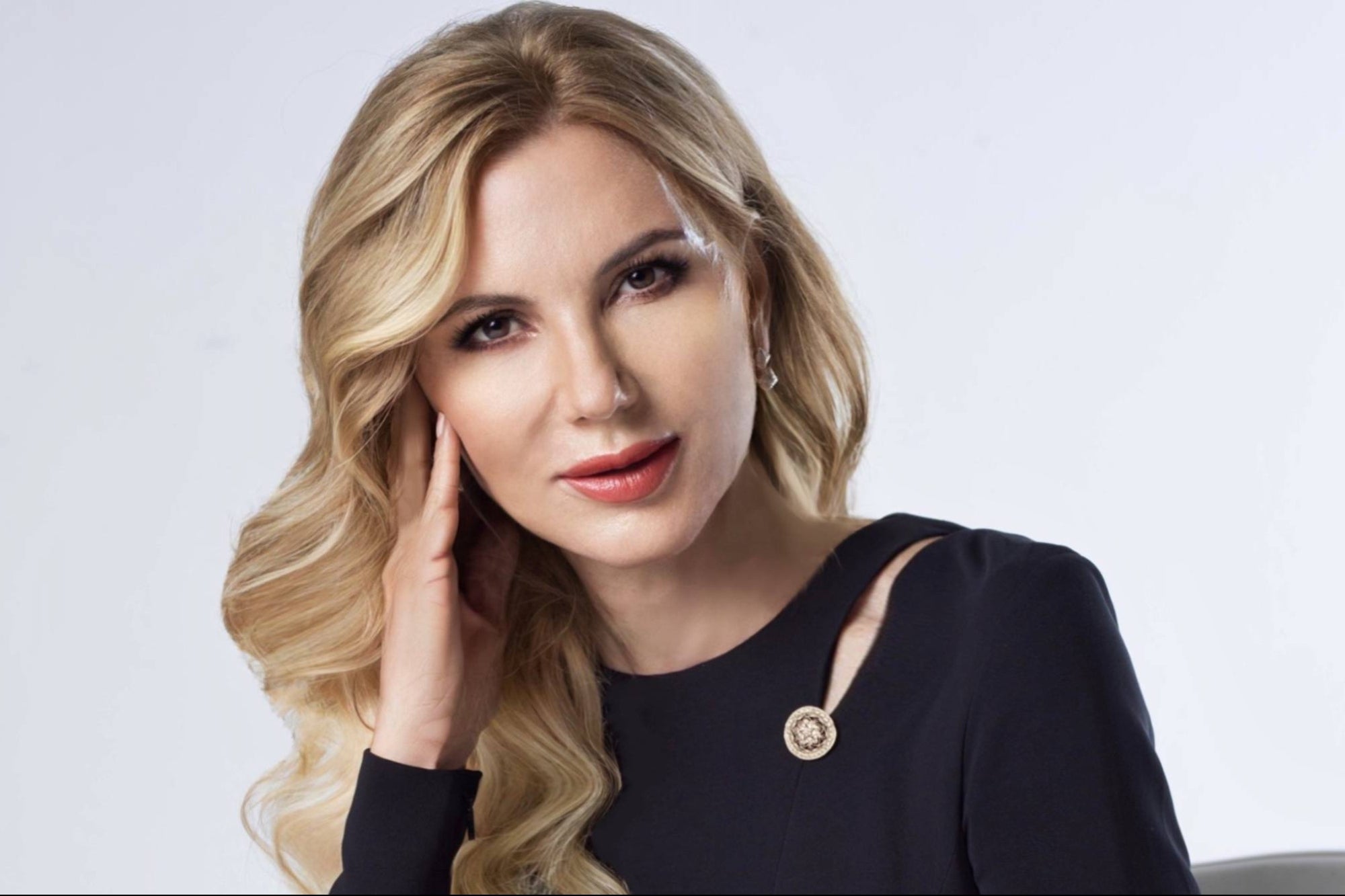Five Tips For Building Your Brand From The Ground Up Carat's Managing Director Ramzi Haddad gives a few tips on media choices to promote a product.
By Ramzi Haddad
Opinions expressed by Entrepreneur contributors are their own.
You're reading Entrepreneur Middle East, an international franchise of Entrepreneur Media.

Drive down Sheikh Zayed Road, one of the longest highways running through Dubai, and an average of 18,000 visuals will bombard you with their messaging. I've been in the advertising industry for 15 years, and I can't help but notice that the majority of messaging today has become promotional in nature, because at some point in time, selling took over from storytelling.
I was in Tokyo two years ago when I heard one of our executives say: "If you're not a startup, you're a turnaround." In this fast moving economy of the digital age where consumers are constantly online, and the way they interact and transact with brands is shifting closer to the convenience of wherever they might be, and farther away from the brand's actual physical store, such a statement should be taken to heart by companies and corporations in the region that need to think different. A friend of mine just launched a new tech company out of Beirut, and his current focus with his small team is driving the quality of his high tech product up to a standard by which it will be ready to launch commercially. When he came up to me for advice on media choices to promote his product, I told him these five tips:
Related: Seven Digital Marketing Mistakes UAE Brands Make (And How To Fix Them)
1. First, know that where and how consumers shop has changed
Consumers now interact and transact at the same time on the same mobile device, so brand building and influencing have to go hand in hand with selling. With the shopping funnel being turned upside down, there are more chances for your consumers to interact and buy immediately, without the need for a physical showroom for them to touch and feel the brand. The showroom is now a five-inch screen that needs to offer an intuitive, quick to load and easy to navigate stories about your brand or product, and a one-step click to buy.
2. The traditional approach to advertising is dead
The key launch visual that you used to usher a campaign into existence with, and then the follow-up promo ad to sell your product are both deceased- may they both RIP. Think of the story, not the visual. Remember that a story today is told in multiple parts on multiple media, and it will most probably start on a mobile and not on a TV, because that's where consumers are spending most of their time.
Brand building used to be referenced as a long-term objective tracked with research on brand attributes over time, and then correlated to the general sales pattern of a brand. Brand connections today, however, are created on the fly, and just like the human relationships of today, they are volatile, instant and easily substituted if you don't "feel the love." The build-up to campaigns needs to deliver quicker reach via new frequencies offered by media players like Snapchat and Instagram, where you click out of interest, and if the content is quickly relevant, it captures you and directs you to an e-commerce portal to complete the purchase.
Related: Marketing Your Brand In The Arab World: Facebook May Not Be The Best Option
Source: YouTube
3. Find a set of influencers who can show and try your product
You can't build a brand today if you don't have cool people to talk about it, show it, and try it as well. A YouTuber recently got bumped into first class by Emirates, and he filmed his experience with the flight. More than 3 million views later, the airline is still benefiting from the exposure with potential customers who want to know what first class is like, without having to actually be there. The "showroom" is on their screen, and that recommendation from someone trusted on a major video portal to provide "cool" and "real" reviews is all they need to trust the experience. I'm sure many business travelers who watched this video will seriously consider upgrading to first class on their next flight.
4. Make sure the brand story is creative and fast
A good story needs to build up quickly. Just think: there are 2000 stories on Facebook for a user to go through every day. Is your story compelling enough to watch, comment and share? A lot of marketers still judge creativity in old-fashioned ways, on a big screen, or an A3 printout. Put that piece of creative on your mobile and see what it looks like. That's when you'll really get a sense if it works for your product or not. Long narratives are just too much for your potential customer to invest time in. They're already online four hours a day, if not more, and they don't have the time to watch a long piece of content about your brand or product.
5. Remember that cash is still king
In this region, customers still seek the emotional security of not storing their credit card data online on any portal, simply because they don't trust regional websites to be so robust when it comes to the security of their data. One out of three people who shop online in the UAE still prefer paying in cash on delivery. They also want the guarantee to return something if they're not happy with it. That's a reality that any business built around e-commerce needs to come to terms with. Even cashless companies like Uber have started offering cash payment for rides in the UAE, because they finally understand that they're missing out on the "cash is king" customer.
Related: Marketing Through The Different Stages Of The Business Lifecycle











